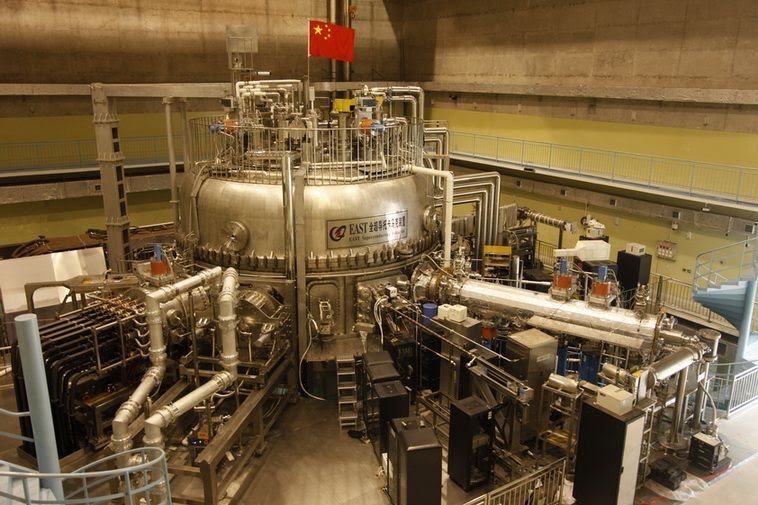Termenul acceptat de comunitatea științifică internațională este „reacții nucleare de joasă energie”. Fuziunea la rece a căpătat o reputație prea controversată pentru a mai face parte din terminologia acceptată într-o conversație serioasă și totuși LENR se referă la combinarea protonilor cu electroni și generarea de neutroni și căldură suplimentară. Și aparent funcționează.
In September, Proceedings magazine of the U.S. Naval Institute published an article about LENRs titled, „This Is Not ‘Cold Fusion,’ „ which had won second place in Proceedings‘ emerging technology essay contest. Earlier, in August, the U.S. Naval Research Laboratory awarded MacAulay-Brown, a security consultant that serves federal agencies, US $12 million to explore, among other things, „low-energy nuclear reactions and advanced energetics.”
That theory suggests that the heat in these experiments is not generated by hydrogen atoms fusing together, as cold fusion advocates believe, but instead by protons and electrons merging to create neutrons.
În imagine, cratere pe suprafața unei probe de paladiu rezultate din reacțiile nucleare de joasă energie, conform teoriei Widom-Larsen.
Foto: Pamela Boss/SPAWAR/U.S. Navy
Sursa: Scientists in the U.S. and Japan Get Serious About Low-Energy Nuclear Reactions | IEEE Spectrum








